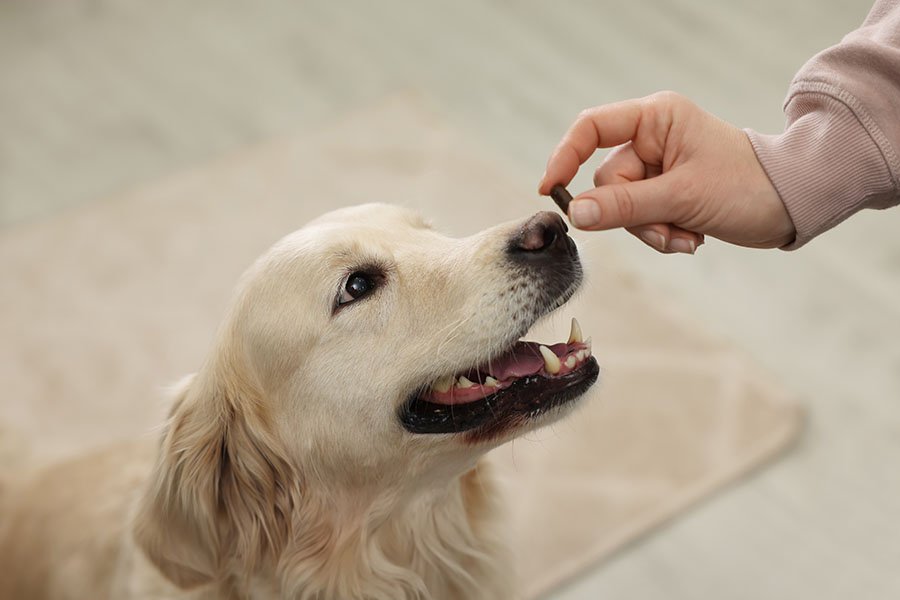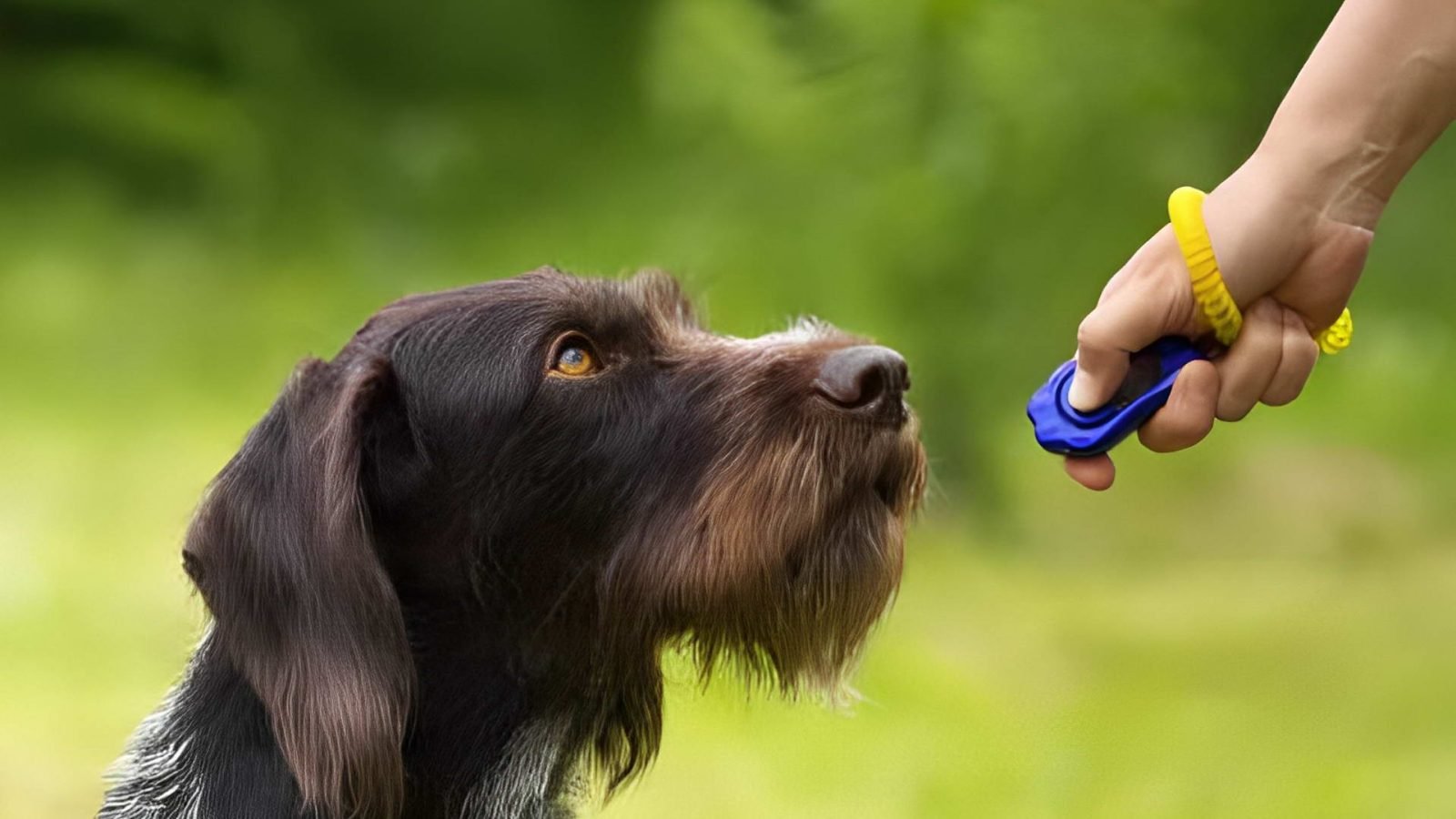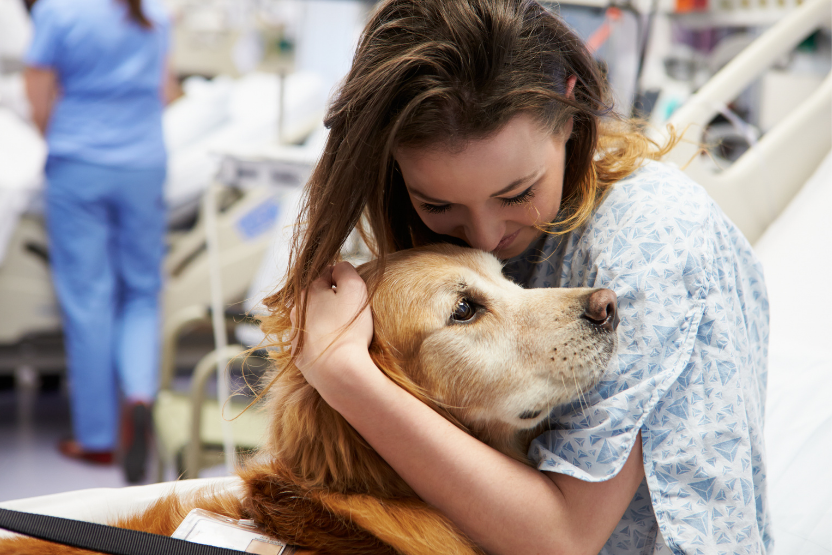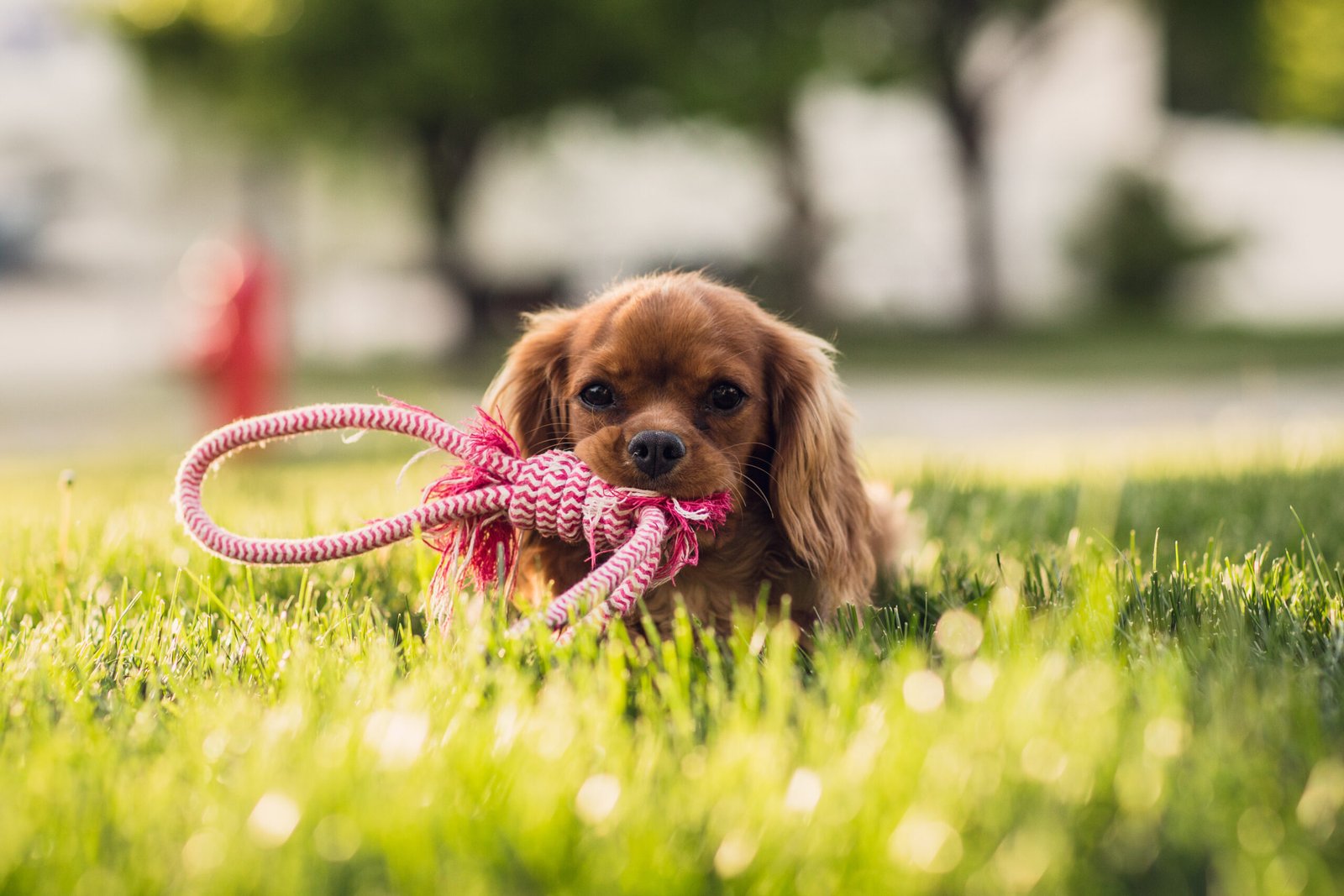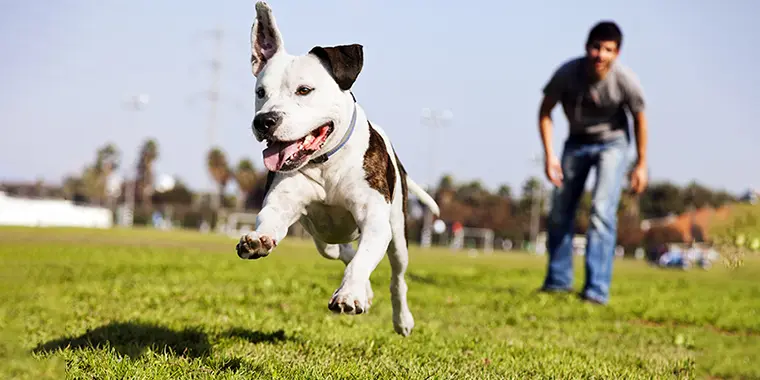Training your dog using Positive Reinforcement Dog Training Ideas can be one of the most effective and enjoyable methods for both you and your dog. This approach focuses on rewarding your dog for good behavior, encouraging them to repeat the actions you want. In this article, we’ll share some great ideas to help you get started with positive reinforcement training. These tips will help make your dog’s learning experience fun, fast, and stress-free.
1. Use Treats as Rewards
One of the best Positive Reinforcement Dog Training Ideas is to use treats. Dogs love food, and offering treats as a reward for good behavior helps them quickly understand what you want them to do. Whether you’re teaching your dog to sit, stay, or come, using treats will motivate them to keep learning.
Make sure to choose small, tasty treats that your dog loves. This will make the reward more appealing, and your dog will be more likely to repeat the behavior you’re teaching. Be quick with your rewards, giving them right after your dog does what you asked. Timing is important in positive reinforcement training.
Tip:
Gradually reduce the number of treats as your dog learns. You can start rewarding with treats less often but continue to praise them with your voice.

2. Offer Praise and Affection
Another key part of Positive Reinforcement Dog Training Ideas is offering praise and affection. Dogs enjoy attention from their owners, so using verbal praise like “Good boy!” or “Well done!” can be just as motivating as treats. Along with praise, petting and hugs can make your dog feel loved and encouraged.
Make sure your praise is sincere and enthusiastic. The more excited you are when your dog does something right, the more excited your dog will be to continue behaving well.
Tip:
Combine praise with treats for maximum effect. Offering both verbal rewards and a treat can help strengthen your dog’s connection to the behavior you want.
3. Use Clicker Training
Clicker training is one of the most popular Positive Reinforcement Dog Training Ideas. It involves using a small device that makes a clicking sound when pressed. The clicker helps mark the exact moment your dog does the right thing. After the click, you immediately reward your dog with a treat or praise.
The clicker creates a clear, consistent signal that your dog can quickly learn to associate with positive behavior. This can be especially useful when training complex commands or actions.
Tip:
Start by clicking and rewarding for simple behaviors like sitting or shaking hands. As your dog gets the hang of it, you can gradually add more challenging tasks.
4. Keep Training Sessions Short and Fun
Dogs, especially puppies, have short attention spans. One of the best Positive Reinforcement Dog Training Ideas is to keep training sessions short and enjoyable. Aim for 5 to 10-minute sessions, a few times a day. This will help your dog stay focused and prevent them from getting bored or frustrated.
Change up the training to keep it interesting. For example, if your dog has mastered sitting, you can move on to a new command like “lie down” or “roll over.” Keep things fresh and exciting to keep your dog engaged.
Tip:
If your dog starts losing interest, take a break and try again later. It’s important that training remains fun and not a chore.
5. Use Interactive Toys
Interactive toys are another great addition to your Positive Reinforcement Dog Training Ideas. These toys are designed to challenge your dog’s mind and encourage them to work for rewards. Many interactive toys involve your dog solving a puzzle or performing an action to release a treat.
These toys are great for keeping your dog busy and mentally stimulated. They also work well for reinforcing good behavior and rewarding your dog in a fun, engaging way.
Tip:
Incorporate interactive toys into your training sessions as rewards. This helps mix up your training routine and keeps your dog’s mind sharp.
6. Be Consistent with Commands
Consistency is crucial when using Positive Reinforcement Dog Training Ideas. Always use the same commands for specific actions. For example, if you use “sit,” make sure to always say “sit” when you want your dog to sit. This helps your dog understand exactly what you expect from them.
Consistency also applies to rewards. Always reward your dog immediately after they perform the desired behavior. This helps them understand the connection between their actions and the rewards they get.
Tip:
Ask all family members or anyone interacting with your dog to use the same commands. This avoids confusion and helps your dog learn faster.
7. Keep It Positive
Finally, the most important part of Positive Reinforcement Dog Training Ideas is to keep things positive. Never punish your dog for making mistakes. Dogs learn better when they feel safe and encouraged, so avoid harsh words or actions. Instead, focus on rewarding the good behaviors and redirecting the bad ones.
If your dog makes a mistake, gently guide them back to the right behavior without punishment. This positive approach builds trust and encourages your dog to keep learning.
Tip:
Redirect your dog’s attention to something else if they make a mistake. For example, if they jump on the furniture, calmly ask them to sit and reward them when they do.
Conclusion
Positive Reinforcement Dog Training Ideas can make training your dog both effective and fun. Whether you use treats, praise, or interactive toys, rewarding your dog for good behavior helps them learn faster and stay motivated. Remember to be consistent, keep sessions short, and always focus on positive actions. By following these simple steps, you’ll have a happy, well-behaved dog in no time!







